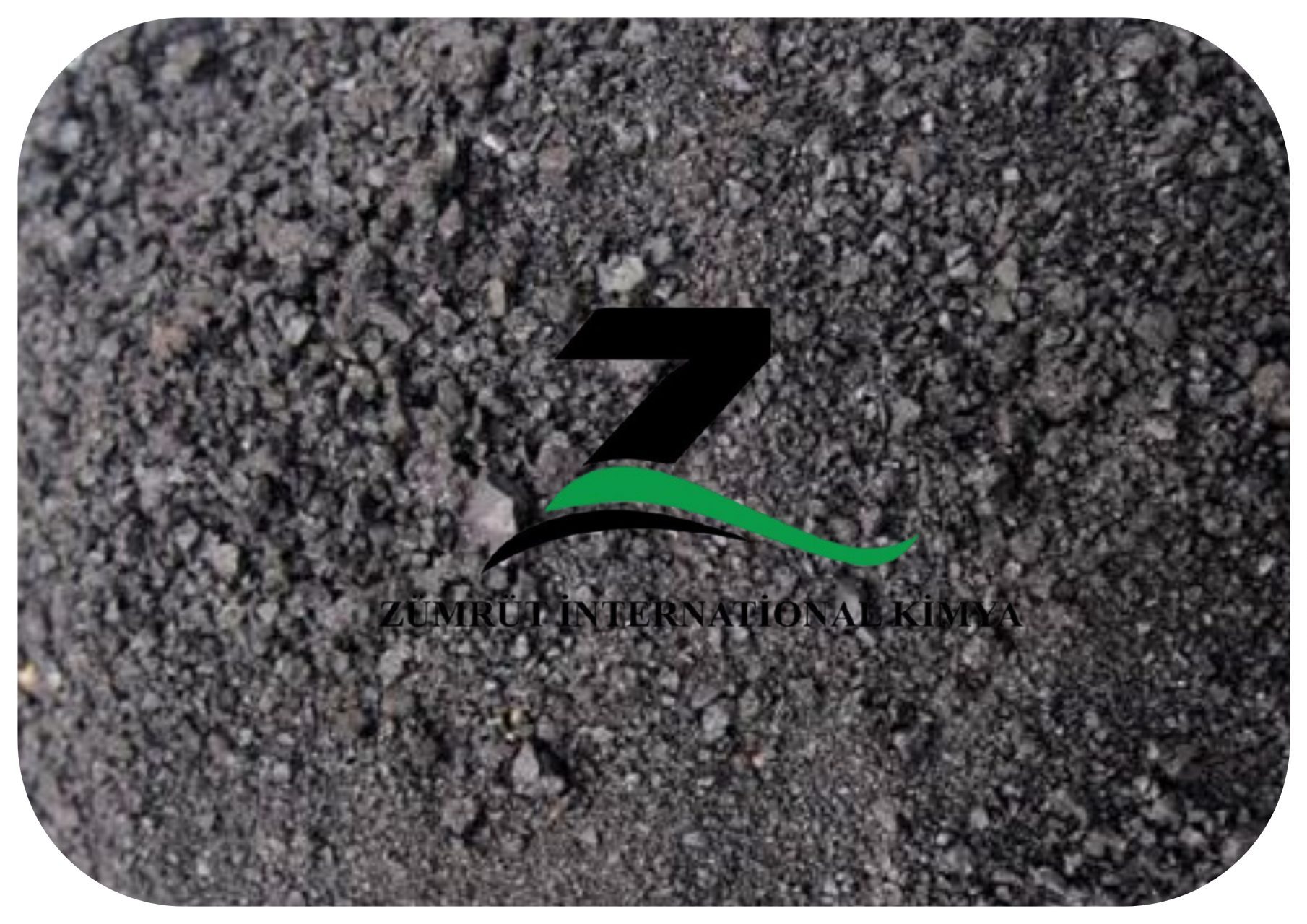
Introduction
Sulfonated asphalt, a chemical modification of bitumen, has great importance in the oil and gas industries, particularly in the formulation of drilling fluid.
Its role is manifold:
- enhancing shale stabilization
- reducing fluid loss
- providing lubricity
Starting with oxidized bitumen, the chemical and physical transformations through which such desired properties are developed are explained in detail herein. This guide explains how this type of process would be created, its needs, and considerations.
Raw Material Knowledge
The key raw material, oxidized bitumen, is a rigid and infusible kind of bitumen that is manufactured by blowing air into hot-molten bitumen. Chemically, it has stable materials with high carbon content; thus, it is excellent to work with in terms of sulfonation. The sulphonating agents, normally sulphuric acid or oleum, attach the sulfinic acid group to the molecules of bitumen. That attaches the water solubility as well as improves its functionality. The product is stabilized and pH corrected by adding neutralizing agents such as sodium hydroxide or calcium hydroxide.
Production Process of Sulfonated Asphalt
Production Process of Sulfonated Asphalt
1-Heat-up and Preparation
The process begins with heating oxidized bitumen in a reaction vessel to 150–180°C. This reduces the bitumen’s viscosity, creating a uniform reaction environment. A controlled heating system prevents thermal decomposition and ensures operational safety.
2-Sulfonation Reaction
Sulfuric acid or oleum is gradually introduced to the molten bitumen under continuous agitation to ensure even mixing. The reaction temperature is carefully maintained at 100–140°C to control exothermic heat release. Over 1–2 hours, the sulfuric acid reacts with the bitumen molecules, forming sulfonic acid groups.
3-Neutralization
After sulfonation, the mixture is acidic and requires neutralization. A neutralizing agent, such as sodium hydroxide or calcium hydroxide, is added gradually to achieve a stable pH of 7–8. This step enhances water solubility, prevents corrosion, and ensures safe handling of the product.
4-Additive Integration
Performance-enhancing additives, such as lignosulfonates or polymers, are introduced to improve properties like shale inhibition, thermal stability, and fluid loss control. These additions tailor the sulfonated asphalt for specific applications.
5-Cooling and Packaging
The final mixture is cooled gradually with continuous stirring to prevent premature solidification. Once cooled, the product is packed in airtight containers to maintain its quality and protect it from contamination.
Sulfonated Asphalt Applications
Sulfonated asphalt is a significant part of the petroleum industry, particularly in drilling fluid systems. One of its significant roles is stabilizing bad shale formations while drilling. It prevents water penetration, which leads to shale swelling and breaking, by forming a protective film and capping the surface, thus making drilling smoother and easier.
Aside from stabilizing shale, sulfonated asphalt plays a vital role in minimizing fluid loss in permeable formations for keeping the drilling fluid’s integrity as well as maximizing wellbore stability. Sulfonated asphalt also reduces torque and drill string drag with its lubricity, thus increasing drilling efficiency as well as drill equipment lifespan.
Apart from oilfield applications, sulfonated asphalt is used in soil stabilization to enhance the mechanical stability of soils for construction. Its unique chemical composition also makes it valuable for industrial applications where bitumen with enhanced solubility and compatibility is necessary. These different applications highlight its value as a multi-purpose product, essential to stringent operating conditions.
Conclusion
The manufacturing of sulfonated asphalt from oxidized bitumen is a complex process, marrying chemical reactions with precision engineering controls. The resulting product is a multi-faceted additive with wide-ranging applications in the petroleum industry. With an understanding of the steps in detail and by maintaining strict quality controls, manufacturers can produce a material that will meet the high-performance demands of modern drilling operations.

